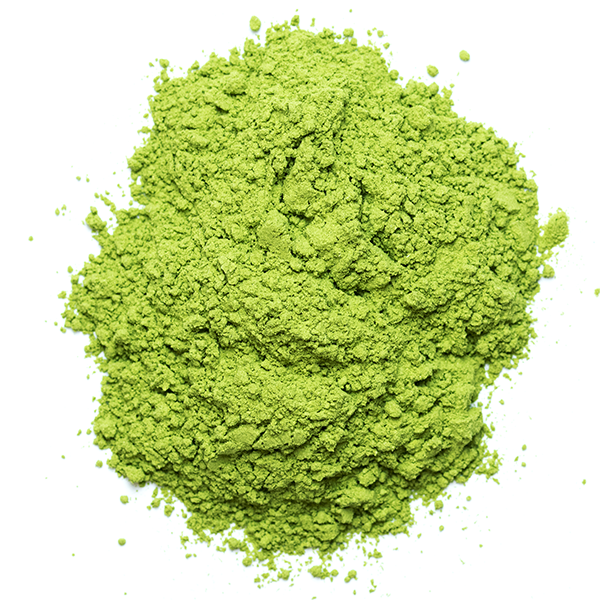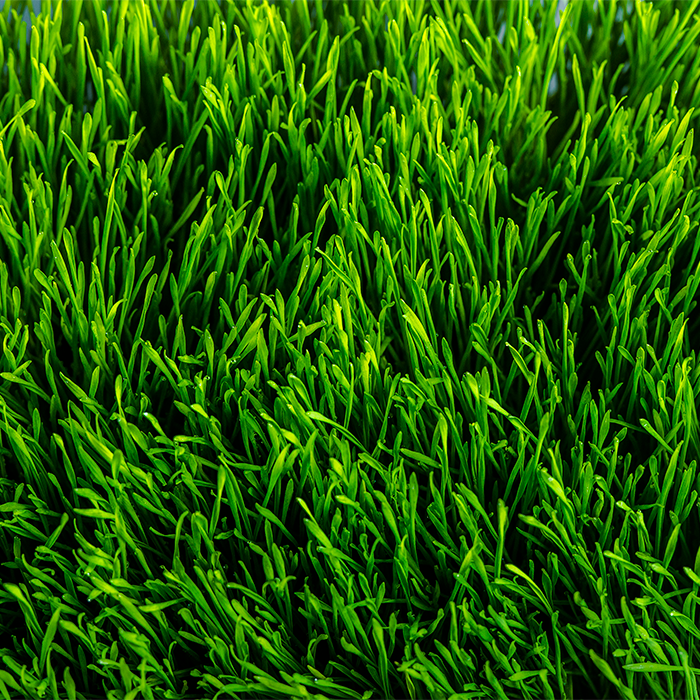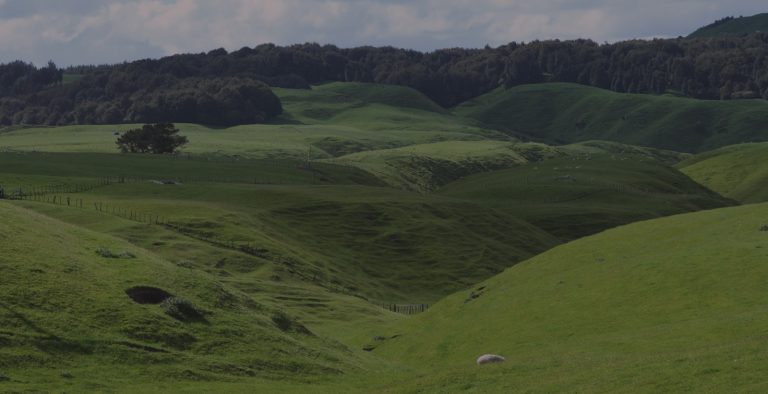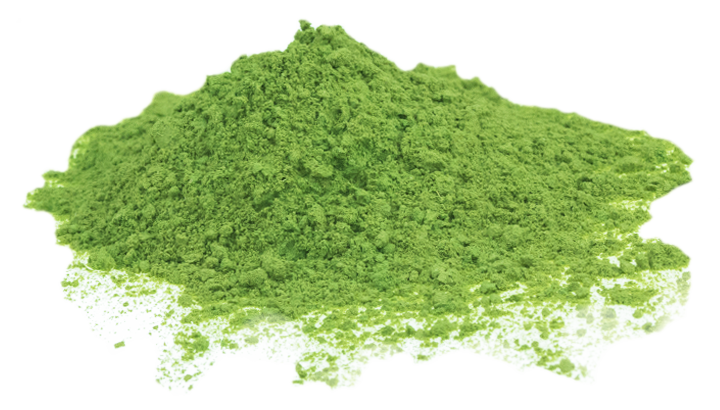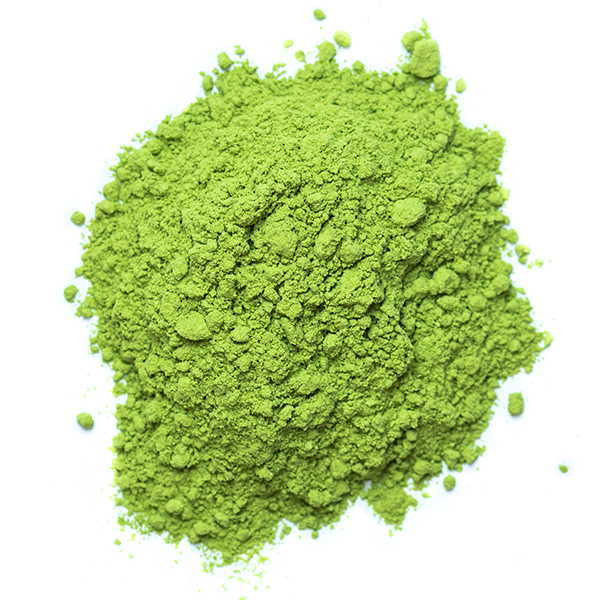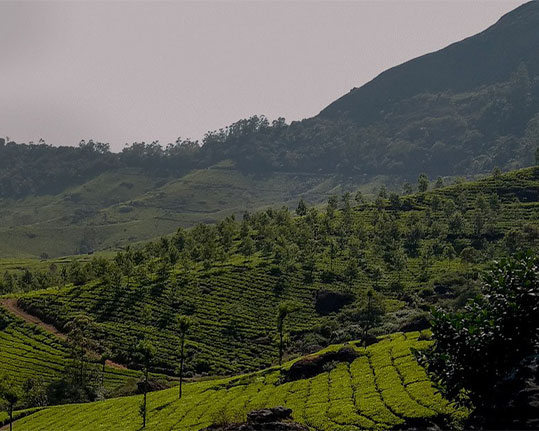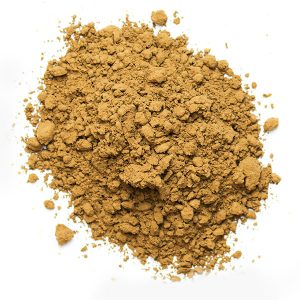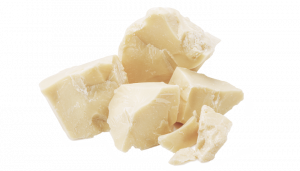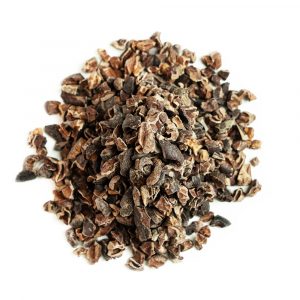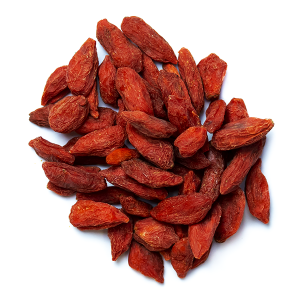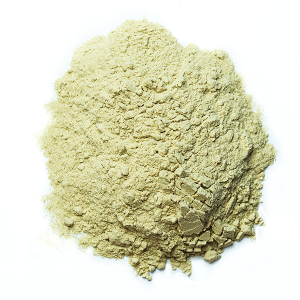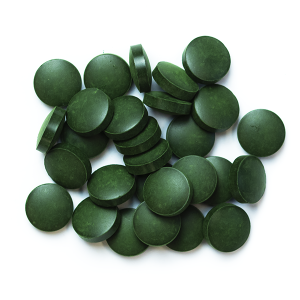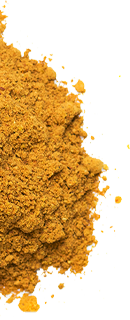Wheatgrass is made from the young shoots of the common wheat plant, which are cut during the peak growth period when nutrient levels are at their maximum. Notoriously prized by the Ancient Egyptians, wheatgrass is a rich source of chlorophyll; the photosynthetic pigment which plants use to create energy using carbon dioxide and sunlight.
The potential health benefits of wheatgrass were first investigated in the 1930s by an agricultural chemist Dr. Charles Schnabel, who noted while researching ways to improve fertility and growth in chickens that free ranging hens would seek out and eat young shoots of cereal grasses. After adding dried wheatgrass to the animal feed, Schnabel saw an increase in egg production and faster recovery from illness, and further tests suggested that the nutritional profile of wheatgrass could meet all dietary requirements providing an array of essential vitamins, minerals, protein and fatty acids.
Our wheatgrass is monitored throughout its growth and cut just as it reaches the jointing stage when the intermodal tissues begin to elongate to form the stem of the adult wheat plant. In harvesting the new leaf blades at this point in their development, all the carbohydrate energy, chlorophyll and amino acids which have accumulated in preparation for the plant?s transition from a vegetative to reproductive phase can be extracted.
